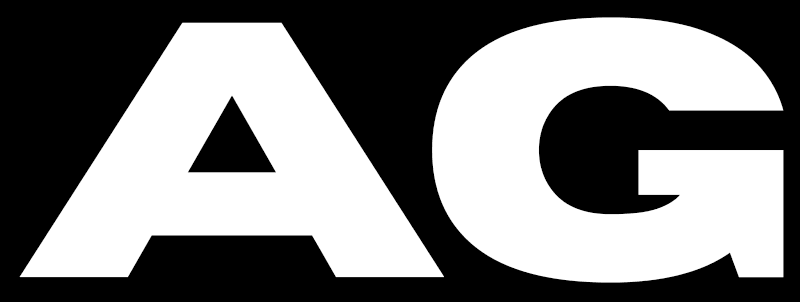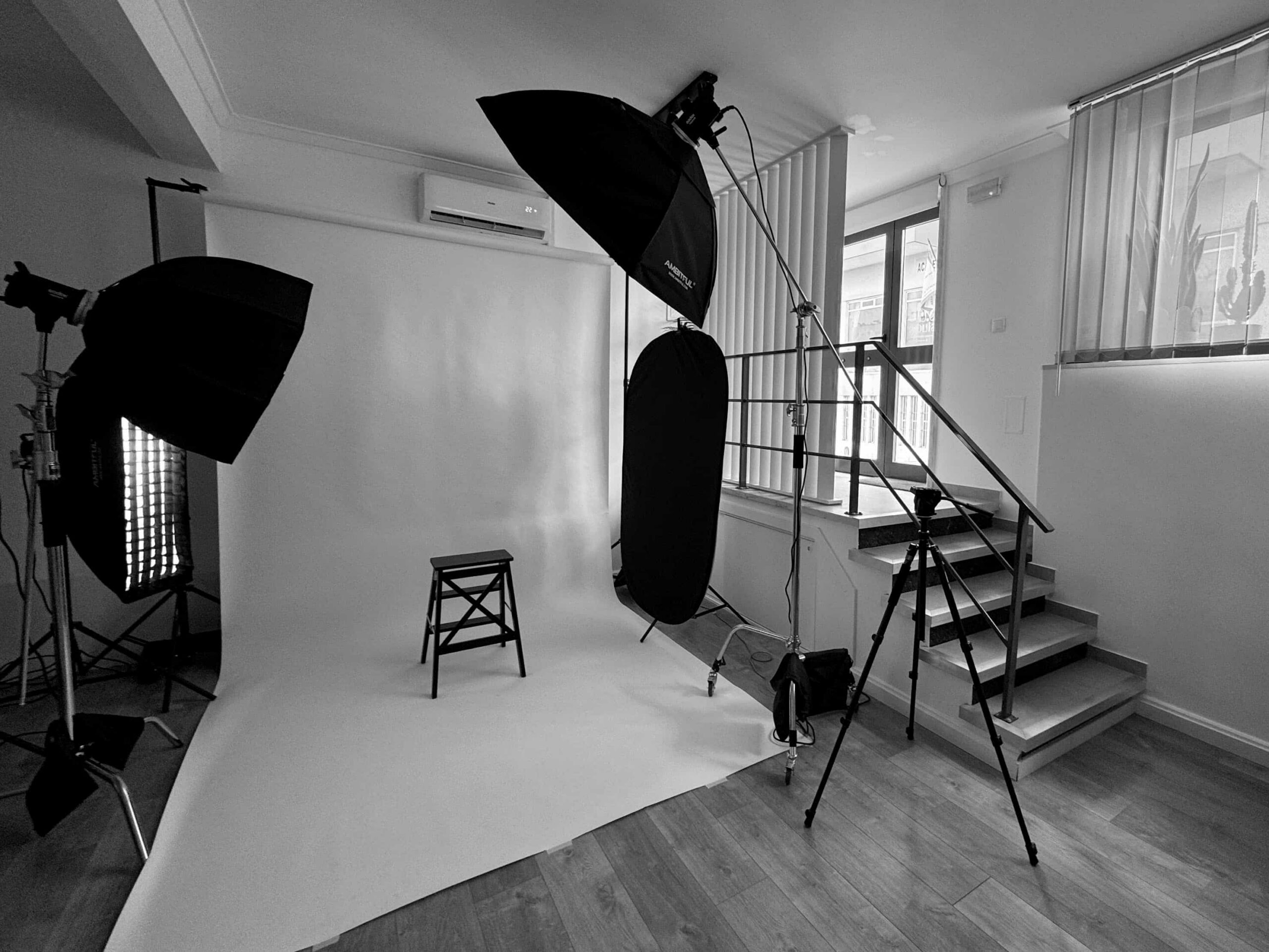Walking into the studio at 9 AM, coffee in hand, I’m already visualising the shots in my head. Today’s session is a fashion portrait shoot with a single model. Simple concept, minimal setup, maximum impact.
Studio work is different from location shoots. More controlled. But that doesn’t mean it’s easier.
The Setup Process
First things first: lighting. With a minimal setup, every light needs to work harder. I’m using just two strobes today—one large softbox as the key light and a reflector to fill in the shadows.
The beauty of keeping things simple is the focus it creates. No elaborate backdrops or complex lighting schemes. Just clean, purposeful illumination that lets the model and the fashion take center stage.
I test the setup with a few frames, adjusting power and position until the light wraps around the subject perfectly. This prep work matters more than most people realize.
Building Rapport with the Model
At 10 AM, Demi arrives. This is our first time working together, so I make sure to spend extra time getting to know her style and comfort level before we start shooting.
Building that trust and rapport is essential, especially with a new model. I want her to feel confident and relaxed in front of the camera.
But even with new models, I start every session the same way. We talk through the concept together. What mood are we going for? What poses feel natural? What makes her feel confident in front of the camera?
This conversation sets the tone for everything that follows.
The First Hour Sets Everything
Those first few shots tell you everything about how the session will go. Is the model comfortable? Is the lighting creating the mood we want? Are we connecting creatively?
Demi picks up the technical aspects quickly. She learns how to find her light, how to angle her body to work with the minimal setup we have today. But more importantly, she’s not afraid to show authentic emotion in each frame.
We start with simple poses while she gets comfortable. Standing shots against the seamless white background. The minimal setup forces us to focus on expression, posture, and building that photographer-model connection.
Technical Challenges Pop Up
Around noon, I realize the white background isn’t giving us enough variety. With a minimal setup, you have to be creative about creating different looks.
I switch the backdrop to black seamless paper. Suddenly, the same lighting setup creates completely different drama. The key light becomes more directional, carving out Demi’s features against the dark background.
This is what I love about minimal setups. Small changes create big impact. You learn to see possibilities instead of limitations.
The Energy Shift
By 1 PM, we’ve found our groove. Demi’s movements become more fluid. I’m anticipating her poses and capturing moments between the planned shots.
There’s this moment in every successful portrait session where the technical stuff becomes invisible. The model forgets about the camera. The photographer stops thinking about settings. The creative energy builds on itself.
I captured one frame today where Demi tilted her head just slightly, and the single key light created this perfect shadow across her cheekbone. Completely unplanned, but it became the strongest image of the entire session.
Managing the Details
Fashion photography is all about the small details. The way fabric falls. How hair catches the light. The micro-expressions that happen between poses.
With minimal gear, I have to be more observant. There’s no array of assistants to catch things I might miss. It’s just me, the model, and the essential equipment.
We’re constantly checking the back of the camera, making sure every element looks intentional. These reviews help us refine each shot, building on what works and adjusting what doesn’t.
The Power of Simplicity
Working with minimal equipment teaches you to see differently. Every shadow has purpose. Every highlight needs to count. You can’t rely on elaborate setups to create impact.
Demi and I work through different poses and expressions, finding new ways to use the simple lighting setup. Close-ups that show texture and emotion. Full-body shots that emphasize silhouette and form.
The minimal approach forces creativity in the best possible way.
Wrapping the Day
By 3 PM, we’ve explored every angle the minimal setup allows. Demi has given me incredible range—from soft, editorial looks to bold, dramatic portraits.
The session ends naturally when we both feel we’ve captured something special. There’s no elaborate breakdown process. Just two strobes to pack away and seamless paper to roll up.
Simple gear means simple cleanup. But the images we created together are anything but simple.
What Happens Next
Back home that evening, I start editing the session. Fashion portraits shot with minimal lighting often need careful post-production work to bring out the subtle details we captured.
Demi gets her preview gallery that same night. She texts me within an hour—excited about how the simple approach created such striking results.
Sometimes less really is more.
Why Studio Work Matters
Every photographer should try working with minimal equipment. It strips away the complexity and forces you to focus on the fundamentals. Light, shadow, composition, and connection with your subject.
Some people think you need elaborate setups to create professional fashion images. But there’s real power in simplicity. In knowing your gear so well that technical decisions become instinctive.
Today reminded me why I love this approach. Pure creativity, direct collaboration with the model, and the satisfaction of creating something beautiful with just the essentials.





